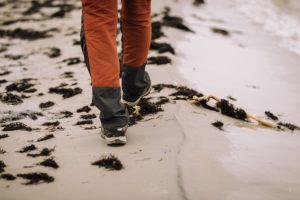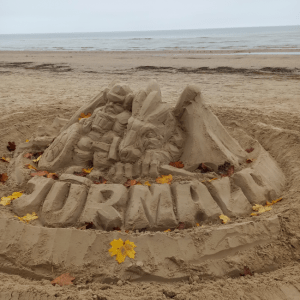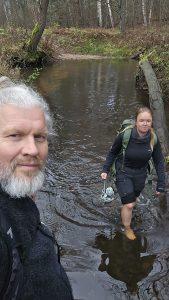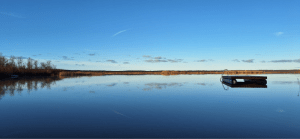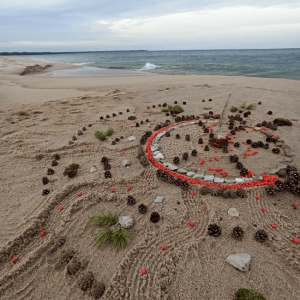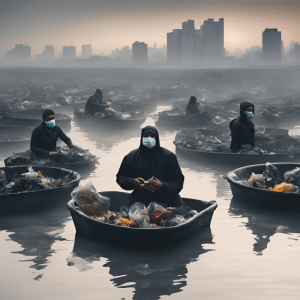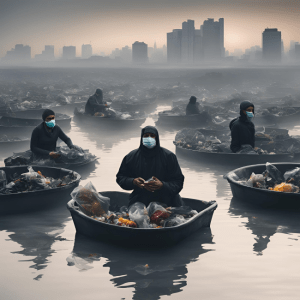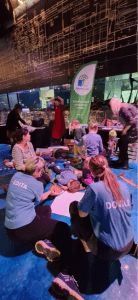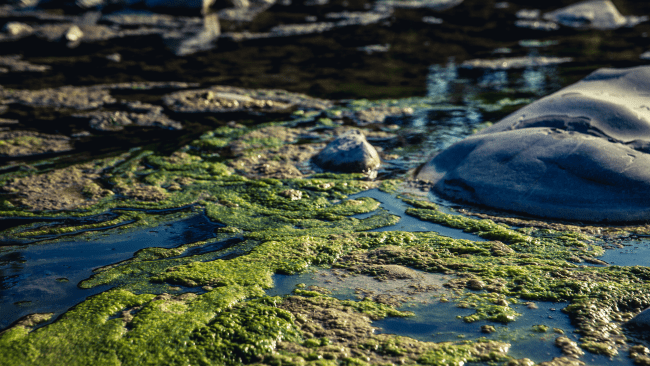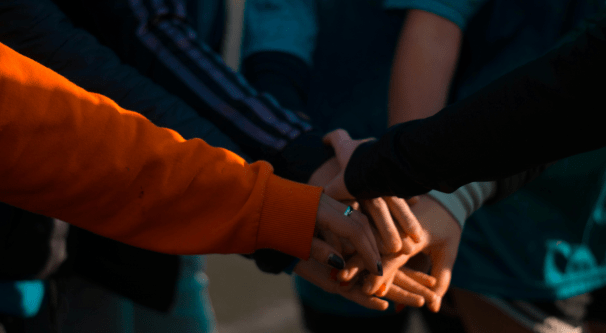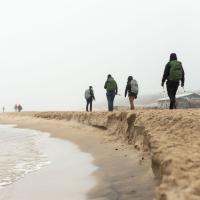
FINAL WEEK OF THE EXPEDITION. COMING BACK HOME.
Winter’s grip continues in Latvia, and though snow-covered roads test our endurance, the thought of home keeps us moving. Just one week remains in our nine-month expedition, and the sight of “Klaipėda” on road signs is a heartening reminder that we are close, with just over 100 kilometers to go. The last stretch in Latvia […]
Read more



